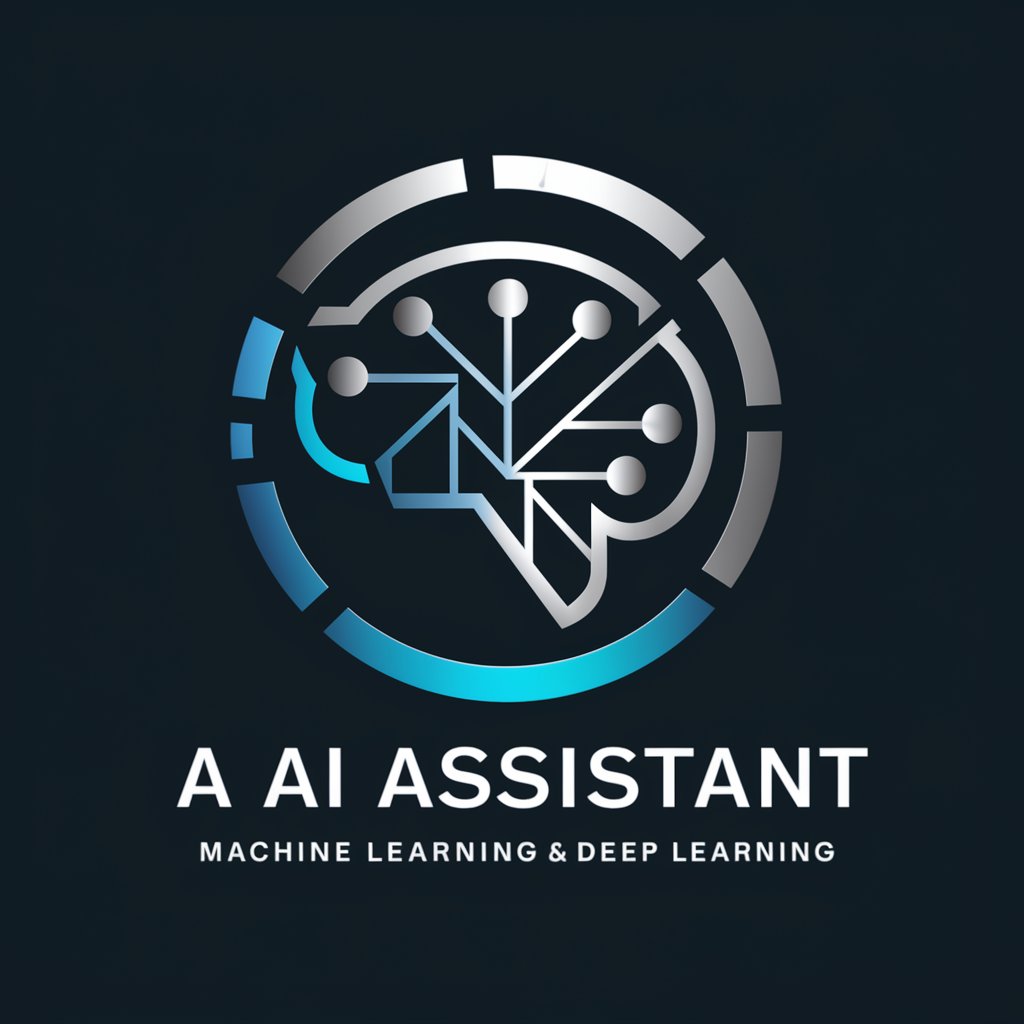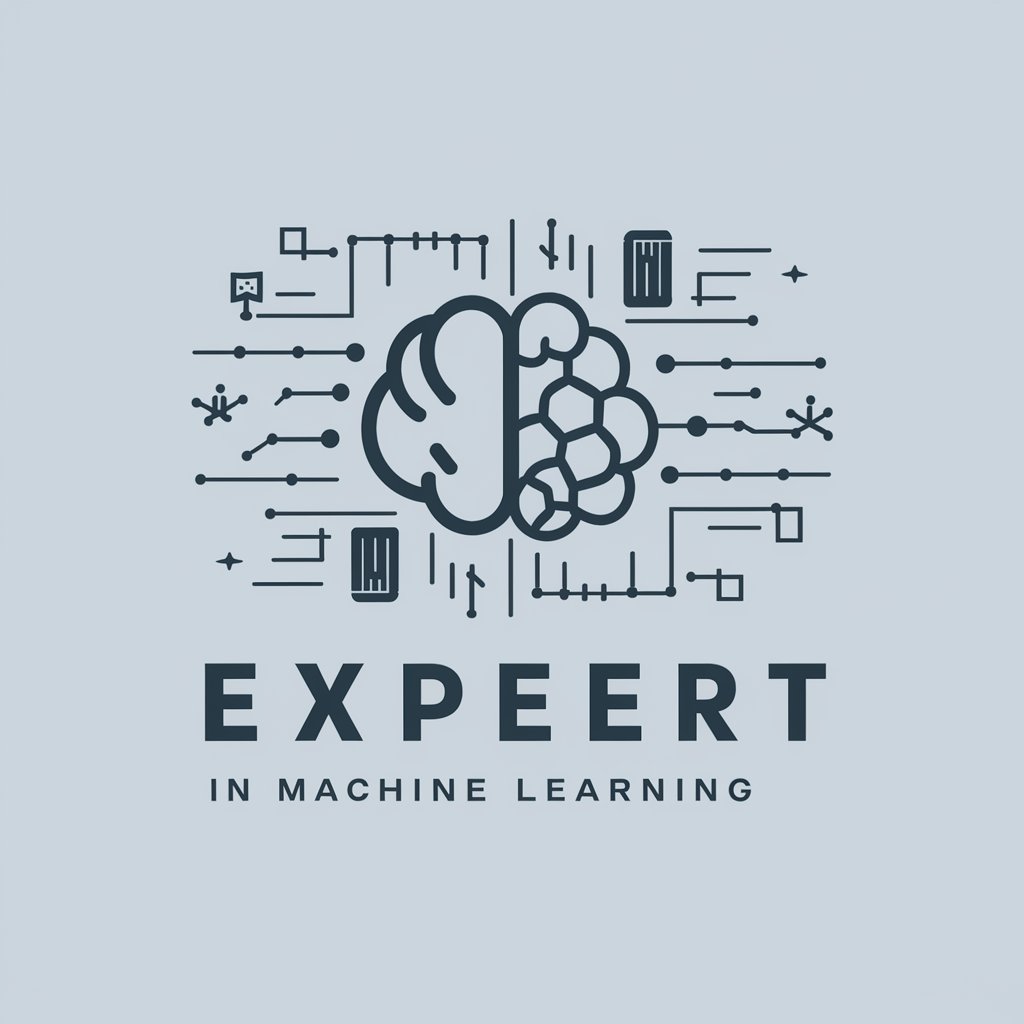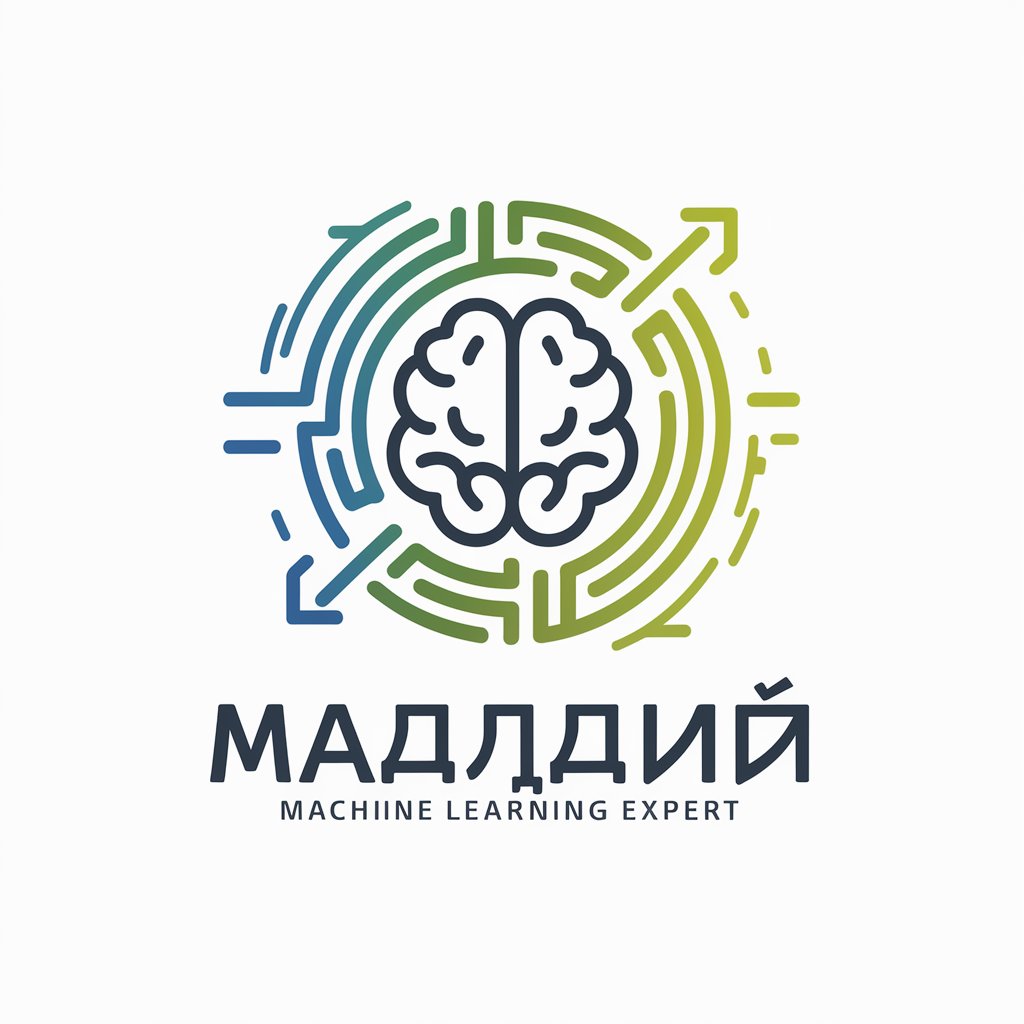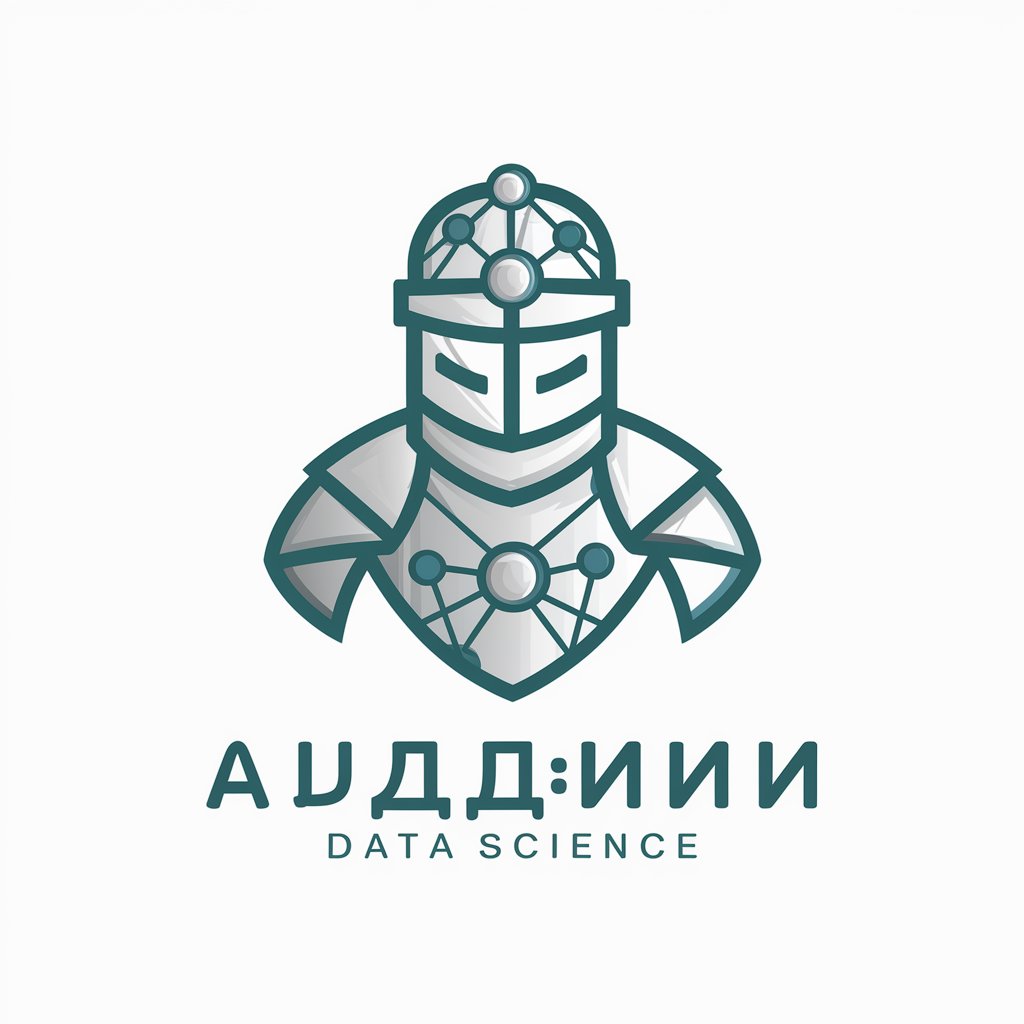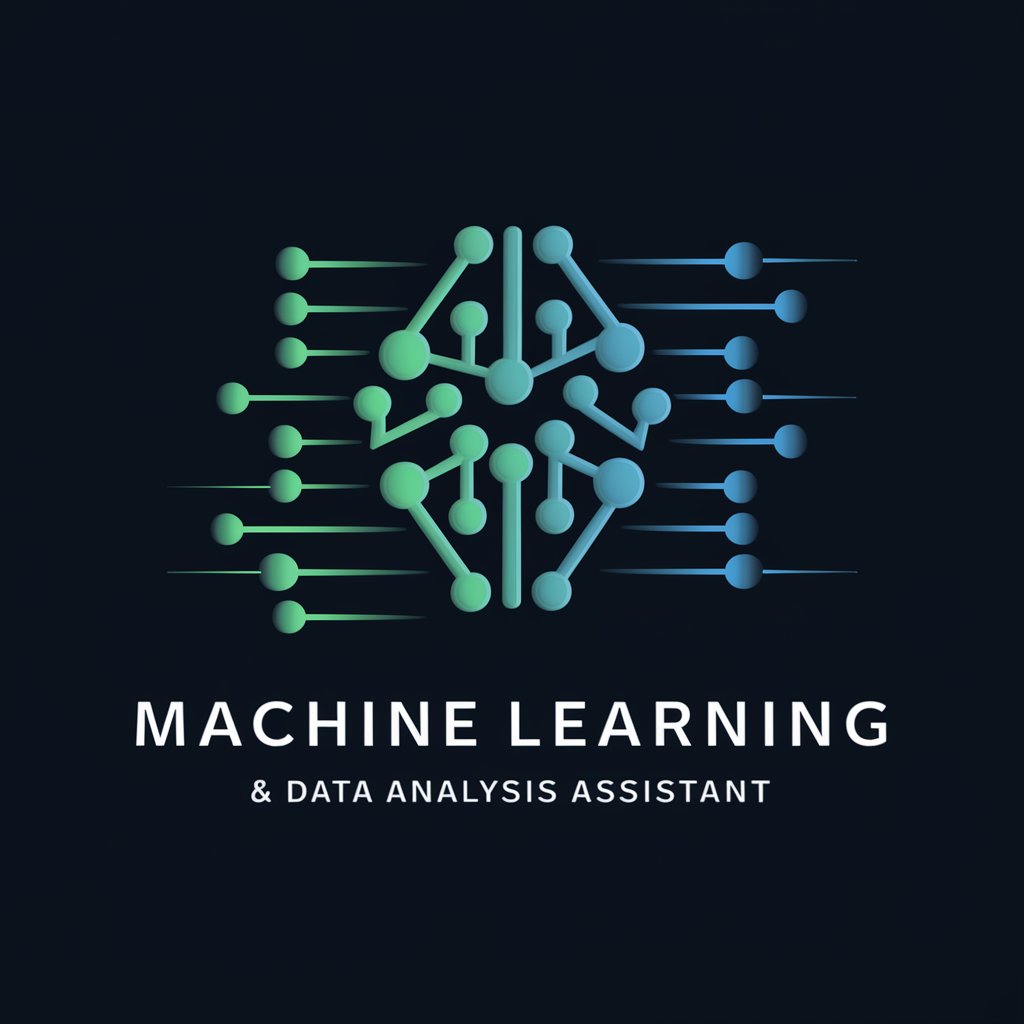
Machine learning - Machine Learning Essentials

Empowering decision-making with AI-driven insights.
Get Embed Code
Introduction to Machine Learning
Machine Learning (ML) is a pivotal branch of artificial intelligence that focuses on developing algorithms and statistical models that enable computers to perform specific tasks without using explicit instructions. Instead, these systems learn and make predictions or decisions based on data. Examples of ML applications include spam filters in email services, recommendation systems on streaming platforms, and autonomous vehicle control systems. The design purpose of ML is to recognize patterns, make decisions with minimal human intervention, and improve from experience, showcasing a vast range of applications from simple tasks like classifying emails to complex ones such as predicting stock market trends. Powered by ChatGPT-4o。

Main Functions of Machine Learning
Classification
Example
Email spam filters, facial recognition systems.
Scenario
In email spam filters, ML algorithms analyze incoming emails' content and metadata to classify them as 'spam' or 'not spam.' Similarly, facial recognition systems use ML to identify and verify individuals from images or video feeds by comparing facial features with a database.
Regression
Example
Predicting housing prices, stock market forecasting.
Scenario
ML models in real estate websites predict housing prices based on features like location, size, and amenities. In finance, regression models forecast stock prices by analyzing historical data and market indicators.
Clustering
Example
Customer segmentation in marketing, anomaly detection in network security.
Scenario
Marketing professionals use clustering to group customers with similar behaviors and preferences for targeted advertising. Network security systems employ clustering for anomaly detection by identifying unusual patterns that deviate from normal behavior, signaling potential security threats.
Reinforcement Learning
Example
Game AI, autonomous vehicle navigation.
Scenario
In gaming, AI characters improve their strategies over countless gameplay sessions to beat human players. Autonomous vehicles use reinforcement learning to make decisions in real time, learning from past experiences to safely navigate complex environments.
Ideal Users of Machine Learning Services
Businesses and Industries
Companies across sectors like finance, healthcare, retail, and transportation utilize ML for predictive analytics, customer service automation, inventory management, and more, aiming to improve efficiency, customer experience, and decision-making.
Researchers and Academics
In academia, researchers use ML for scientific discoveries, such as identifying new drugs, analyzing climate patterns, and automating lab processes, pushing the boundaries of human knowledge and operational efficiency.
Tech Enthusiasts and Hobbyists
Individuals passionate about technology explore ML to work on personal projects, such as building smart home systems, developing mobile apps with personalized recommendations, or creating art and music, demonstrating ML's accessibility and versatility.
Government and Public Services
Government agencies implement ML for public safety, such as predictive policing and disaster response, urban planning with smart city technologies, and enhancing public health strategies, showcasing ML's role in improving public welfare and services.

Utilizing Machine Learning: A Step-by-Step Guide
1. Begin with a trial at yeschat.ai
Start your journey in machine learning by visiting yeschat.ai to explore its capabilities without the need for login or ChatGPT Plus, offering a hassle-free trial experience.
2. Identify your ML project
Clearly define the problem you aim to solve using machine learning. This could range from data analysis, prediction models, to automation of tasks.
3. Data Collection and Preparation
Gather and clean your data. This involves sourcing relevant data and preprocessing it to a suitable format for analysis. Data cleaning techniques can significantly influence the performance of your ML model.
4. Model Selection and Training
Choose an appropriate machine learning model based on your project requirements. Train your model using the prepared dataset, adjusting parameters for optimal performance.
5. Evaluation and Implementation
Evaluate your model's performance through testing and make necessary adjustments. Once satisfied, implement the model in your project environment for practical use.
Try other advanced and practical GPTs
money machine
Craft Your Stories Visually with AI

Thread Machine
Transforming content into engaging threads with AI

Bad Songs
Craft Your Song with AI

Norm – I'm your average conservative American
Engage with America's heartland values through AI

Average Genius
Unlock Deeper Understanding with AI

Average Human Perspectives
Diverse perspectives, AI-powered insights.

Dictation Machine
Transcribe, Edit, Perfect: AI-Powered Precision
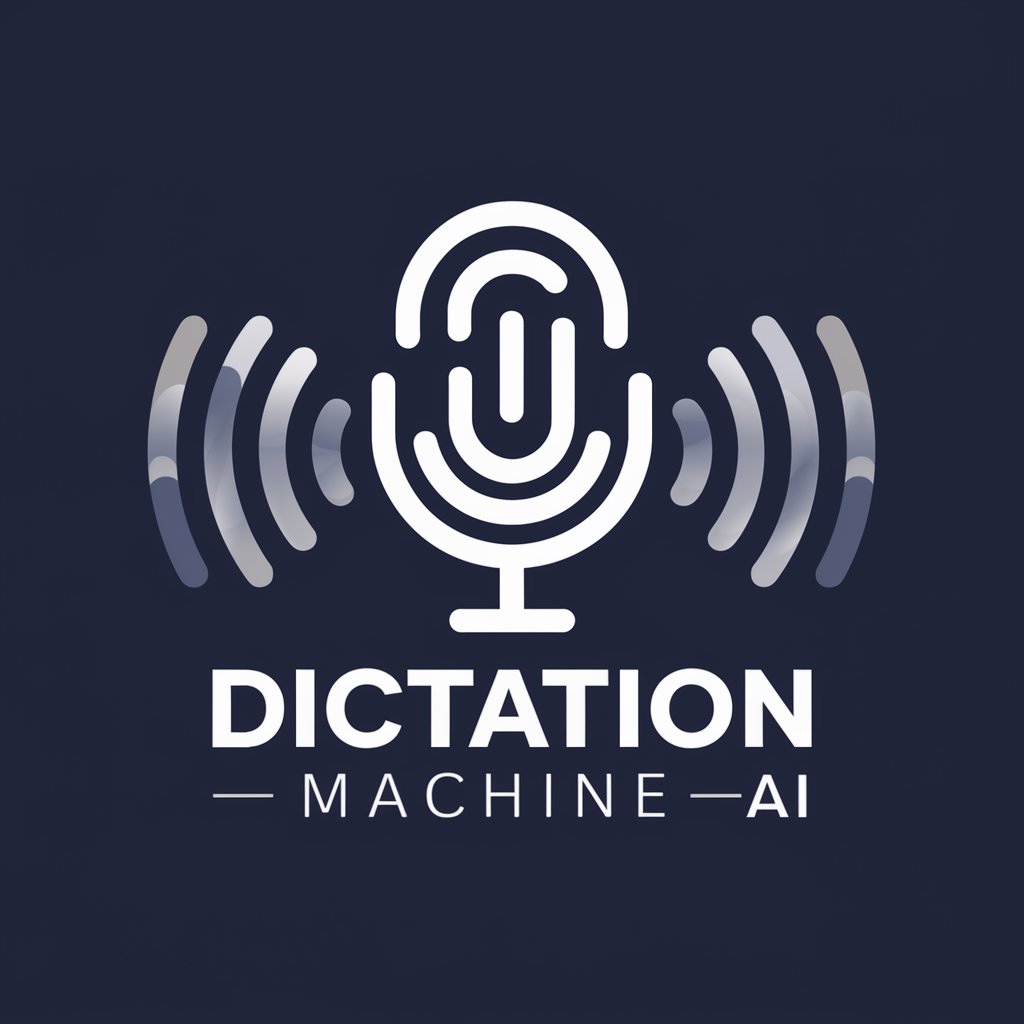
Official Secretary
AI-Powered Professional Writing and Editing

Health Official
AI-driven Healthcare Insights at Your Fingertips

Alan Official
Unlock Your Potential with AI-Driven Insights

Official Soccer Rules Expert
Navigate FIFA rules with AI precision.

Official Docs Assistant
Empower Your Writing with AI

Machine Learning Insights: Q&A
What is machine learning and its primary goal?
Machine learning is a subset of artificial intelligence that focuses on building systems that learn from data. The primary goal is to enable computers to learn automatically without human intervention or explicit programming.
How do I choose the right machine learning model?
Selecting the right model depends on the nature of your problem (classification, regression, clustering, etc.), the size and type of your dataset, and the specific outcomes you're aiming to achieve. Experimentation and cross-validation are key steps in identifying the most effective model.
What is data cleaning, and why is it important?
Data cleaning is the process of fixing or removing incorrect, corrupted, incorrectly formatted, duplicate, or incomplete data within a dataset. It's crucial because the quality of data directly impacts the performance of a machine learning model.
Can machine learning be used for predictive analysis?
Yes, one of the key applications of machine learning is predictive analysis, where models are trained on historical data to predict future outcomes. This is widely used in industries like finance, healthcare, and marketing.
What are the challenges of implementing machine learning?
Challenges include data privacy concerns, the need for large volumes of training data, selecting appropriate models, computational resources, and ensuring the model's decisions are interpretable and fair.
